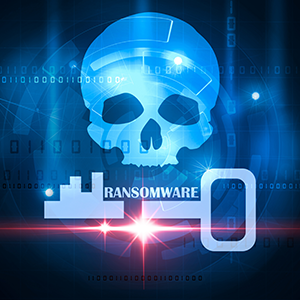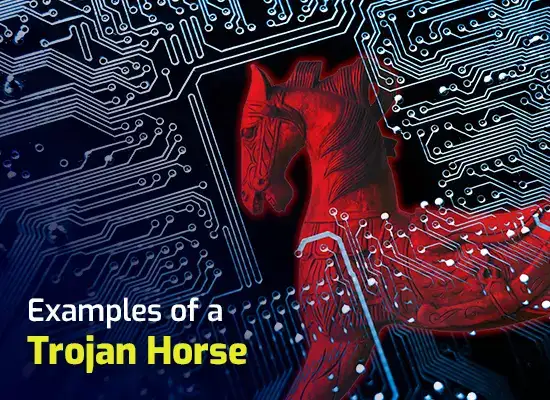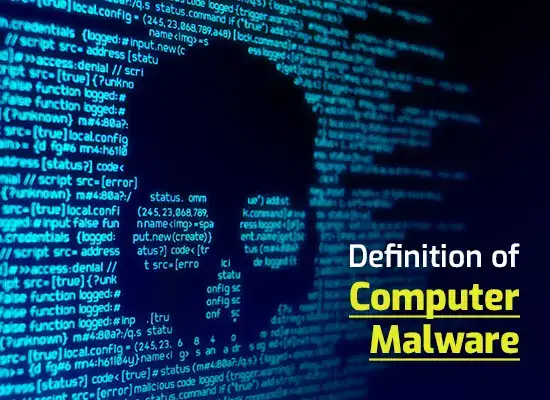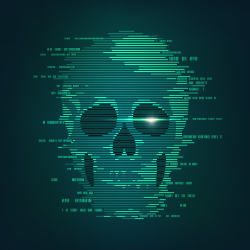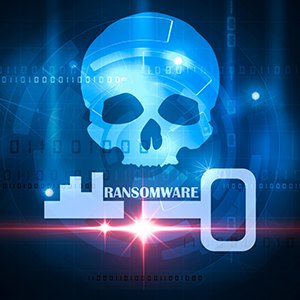HOW TO DELETE RANSOMWARE AND AVOID IT FROM COMING BACK?
Updated on October 21, 2022, by Xcitium
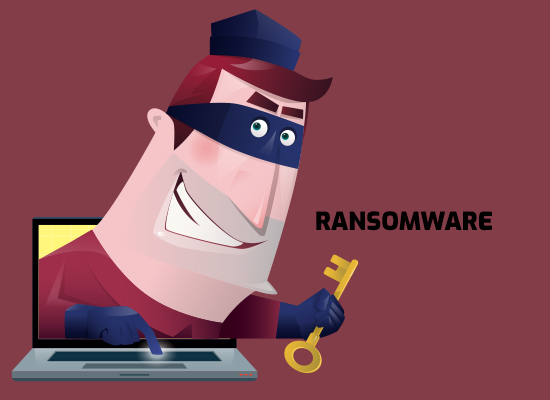
Everyone pays attention to ransomware because it is becoming a huge problem for home users and businesses. The process of ransomware that either encrypts or locks you from accessing your computer unless ransom is paid is a big issue for everyone. Which is why, everyone must learn how to delete ransomware and avoid it from happening again.
Identify it First
You will know that you have been infected by a ransomware when your computer is locked and flashes a message that demands you to pay a ransom to regain access. It happens when a user accidentally clicks a link or opens a malicious attachment from email. The ransomware silently encrypts all the files and once it’s done, that’s the time it will notify the victim and demand to pay the ransom. If you don’t know how to delete ransomware and deal with this problem, you will have no choice but to pay the ransom.
Types Of Ransomware
In order to learn how to delete ransomware, you must know the different types of a ransomware. There are considered to be 2 major types of ransomware.
Locker Type Ransomware
-
- Reveton: The Reveton first appeared in 2012. The behavior of Reveton is to lock the computer and display a message that looks like it came from the FBI or the police. During those times, if you happen to know how to delete ransomware, you will not need to pay the ransom to the criminals.
Crypto Type Ransomware
-
- CrytpoLocker: The first strains of this ransomware appeared in 2013. This sets the behavior of a ransomware that encrypts a user’s data using a different algorithm of encryption. Once the encryption is done, it will then display a message asking for a payment to regain accessibility. If users are not familiar and doesn’t know how to delete ransomware or have failed to pay, it will automatically eliminate some files in the computer.
-
- CryptoWall: The original strain of this ransomware appeared in 2014 and had many revisions. It became CryptoDefense, CryptoBit, CryptoWall 2.0, CryptoWall 3.0 and CryptoWall 4.0. It is very hard to know how to delete ransomware of this type because it changes and encrypts the file name of the file, so that it would be difficult to know which among the files are encrypted.
-
- CTB-Locker: CTB-Locker appeared in mid-2014. Its programmer affiliated to others in order to easily spread the ransomware. If you are able to learn how to delete ransomware, you will be spared from paying the ransom in Bitcoins. The author of this ransomware is the one who controls the ransomware and the victims are the one who pay the monthly ransom in gain access.
-
- TorrentLocker: TorrentLocker first appeared in 2014. This type of ransomware spread through the use of emails. The unique behavior on this ransomware is that it search for all other emails in the computer and send a spam emails to infect others. If the victim doesn’t know how to delete ransomware, it will attempt to delete Windows volume shadow copies. This will force the victim to pay the ransom.
-
- TeslaCrypt: This type of ransomware first appeared in 2015. It targeted and encrypted the files of the players of the game Call of Duty and World of Warcraft. No one knows how to delete ransomware of this type, not until the criminals unexpectedly release the decryption key for the ransomware and just stop propagating.
-
- Locky: 2016 was the year that this ransomware first appeared. Considered to be one of the sophisticated type of ransomware because it infects its users using Microsoft Office email attachments. Once the victim clicks the email attachment, it will spread on the computer and will start to encrypt files, and if you don’t know how to delete ransomware, you will be surprised with a ransom note that force you to pay.
-
- WannaCry: WannaCry deceived and infected around 100,000 computer users in May 2017 because they don’t know how to delete ransomware. It took advantage of the Microsoft Windows vulnerability.
Methods on How to Delete Ransomware
Once you have identified the type of ransomware on your computer. The next step to do is remove the ransomware. There are many ways on how to delete ransomware depending on which ransomware attacked your computer. It is also important to disconnect your computer from the internet to avoid further damage.
Install Anti-Malware Software
The most common method on how to delete ransomware is by installing a security software. Just make sure that you download the legitimate and trusted brand of security software to be able to address your ransomware problem.
Fix using SafeMode
This method is applicable when your computer is locked by the ransomware. First step is to restart the computer and boot using Safe Mode. When you are able to reach the desktop in Safe mode option, start the Windows System Restore. Choose the date prior to the date when your computer was infected.
Ransomware victims should be courageous not to pay the ransom. You must identify and learn how to delete ransomware properly. If you pay the ransom, it will just encourage more attacks in the future and the money could be used to support other criminal activities. You don’t have a better chance of retrieving your data if you pay and negotiate with the criminals. Having a security software will help you secure your computer and just rely that this security software knows how to delete ransomware properly on your computer.
Xcitium Antivirus Resources
Examples Of Ransomware Attacks
IT Tracking Inventory Software

